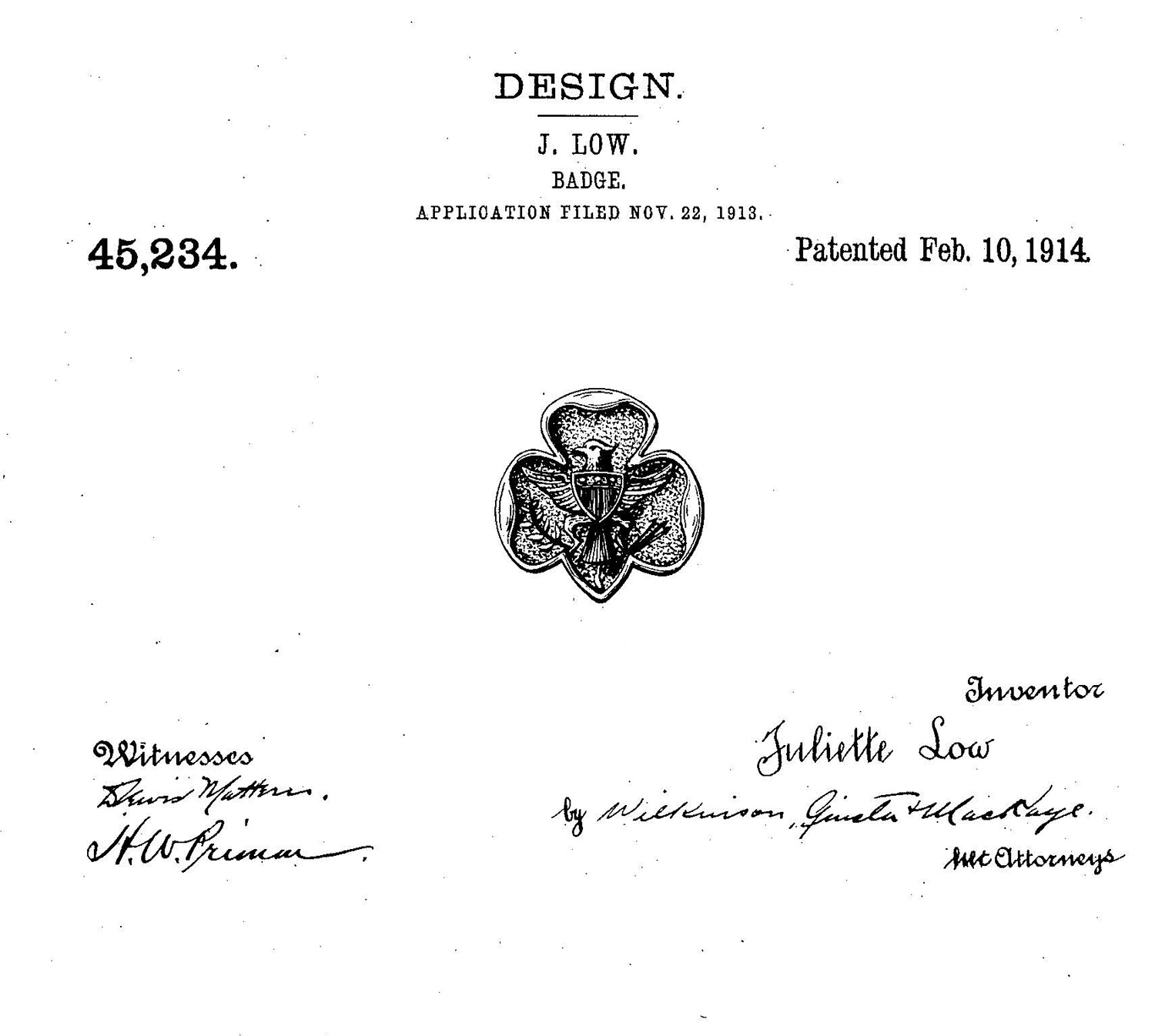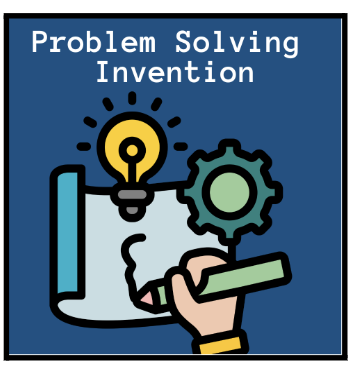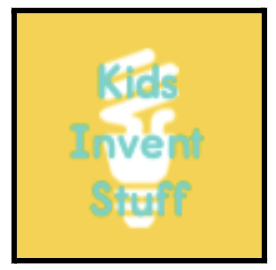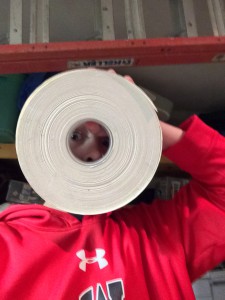=
 A biography is the story of a real person’s life, whether they are alive today, from centuries past, famous, forgotten heroes, or a unique group of people.
A biography is the story of a real person’s life, whether they are alive today, from centuries past, famous, forgotten heroes, or a unique group of people.
Spark your thinking!
1. Set up your language arts mini spark recording page: #16: Biography Study
2. Check out the this website. It contains biographies of many people. You will find world leaders,inventors, scientists and many more. Click on 3 of the names. What topics do the pages introduce?
3. Choose someone you have not heard of before and read that person’s biography. On your recording page, add the person’s name and 3 of the most interesting facts you learned.
4. Create a mini-quiz (5 questions or less) about your subject and add it to your recording sheet. Include an answer key.
5. Repeat this process for 5 different people.
6. Share your language arts mini spark recording page with your teacher/EY coordinator.
Check out the Who was Making History Badge or the Who was Badge at the EY website


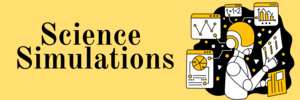

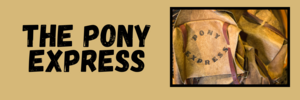
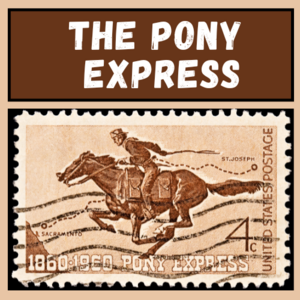
 For this Mini Spark we are going back to the beginning…of STEAM that is. So in honor of the “S,” try this egg science experiment. It take 7 days to do, so it might be one you try at home. You can also talk to your teacher about setting it up at school.
For this Mini Spark we are going back to the beginning…of STEAM that is. So in honor of the “S,” try this egg science experiment. It take 7 days to do, so it might be one you try at home. You can also talk to your teacher about setting it up at school.














 Inventor, Juliette Gordon Low, or as her friends called her, “Daisy,” was like the superhero of Girl Scouts, zooming around with courage, confidence, and character! In 1912, she waved her magic wand and created Girl Scouts of the USA, where girls could gather to unleash their amazing powers in STEAM—science, technology, engineering, arts, and math! Just like a science experiment gone right, she turned her dream of girls teaming up to celebrate their strengths into a fantastic reality!
Inventor, Juliette Gordon Low, or as her friends called her, “Daisy,” was like the superhero of Girl Scouts, zooming around with courage, confidence, and character! In 1912, she waved her magic wand and created Girl Scouts of the USA, where girls could gather to unleash their amazing powers in STEAM—science, technology, engineering, arts, and math! Just like a science experiment gone right, she turned her dream of girls teaming up to celebrate their strengths into a fantastic reality!